Home > Key Stage One > Maths > Year One Planning > Term One
Unit E – Addition Sums Ten
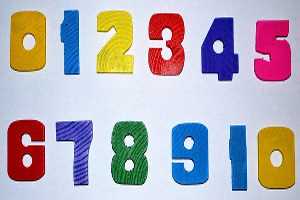
This maths scheme of work for Key Stage One gets the children to use concrete equipment, diagrams and informal calculations to identify, match and record pairs of different numbers that make sums to ten. The class can model and illustrate how the selected sums can be made by adding different pairs of numbers.
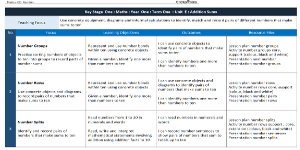
Use concrete equipment, diagrams and informal calculations to identify, match and record pairs of different numbers that make sums to ten
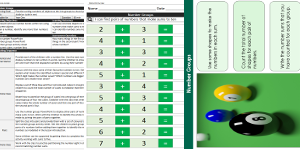
Lesson One : Number Groups
Practise sorting different numbers of objects to ten into matching groups to identify and record each part of an addition number sum
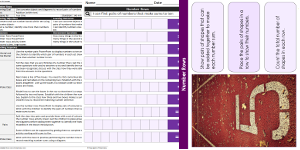
Lesson Two : Number Rows
Explain and model how to use concrete objects and pictorial diagrams to record matching pairs of numbers that make different sums to ten
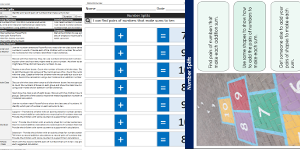
Lesson Three : Number Splits
Identify and record the matching pairs of different numbers that can be combined together to use when making sums to ten
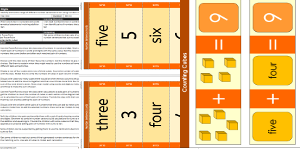
Lesson Four : Words and Digits Sentences
Identify and build a range of different number sentence equations to ten using matching pairs of numbers that have been recorded in both words and digits
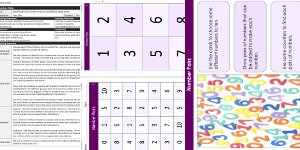
Lesson Five : Number Pairs
Practise using concrete equipment to identify and record different pairs of numbers that sum to addition totals to ten
-

Islam
Explore and illustrate some of the different stories, beliefs and practices of the Islamic religion including special festivals and sacred texts
-
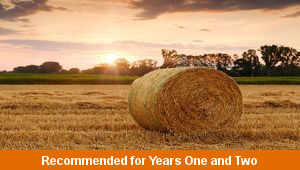
Farm Prints
Practise and demonstrate different techniques when printing a range of shapes and patterns that can reflect themes and ideas related to farming
-

Towns and Villages
Identify, describe and compare some of the changes to different buildings that have occurred in the school neighbourhood over time
-
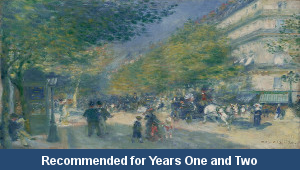
Renoir
Explore the artwork style and painting techniques of a famous European artist to replicate when creating a picture of a school scene
